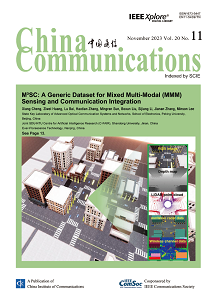
In this paper, an integrated substrate gap waveguide (ISGW) filtering antenna is proposed at millimeter wave band, whose surface wave and spurious modes are simultaneously suppressed. A second-order filtering response is obtained through a coupling feeding scheme using one uniform impedance resonator (UIR) and two stepped-impedance resonators (SIRs). To increase the stopband width of the antenna, the spurious modes are suppressed by selecting the appropriate sizes of the ISGW unit cell. Furthermore, the ISGW is implemented to improve the radiation performance of the antenna by alleviating the propagation of surface wave. And an equivalent circuit is investigated to reveal the working principle of ISGW. To demonstrate this methodology, an ISGW filtering antenna operating at a center frequency of 25 GHz is designed, fabricated, and measured. The results show that the antenna achieves a stopband width of 1.6$f_0$ (center frequency), an out-of-band suppression level of 21 dB, and a peak realized gain of 8.5 dBi.
The sixth generation (6G) of mobile communication system is witnessing a new paradigm shift, i.e., integrated sensing-communication system. A comprehensive dataset is a prerequisite for 6G integrated sensing-communication research. This paper develops a novel simulation dataset, named M3SC, for mixed multi-modal (MMM) sensing-communication integration, and the generation framework of the M3SC dataset is further given. To obtain multi-modal sensory data in physical space and communication data in electromagnetic space, we utilize AirSim and WaveFarer to collect multi-modal sensory data and exploit Wireless InSite to collect communication data. Furthermore, the in-depth integration and precise alignment of AirSim, WaveFarer, and Wireless InSite are achieved. The M3SC dataset covers various weather conditions, multiplex frequency bands, and different times of the day. Currently, the M3SC dataset contains 1500 snapshots, including 80 RGB images, 160 depth maps, 80 LiDAR point clouds, 256 sets of mmWave waveforms with 8 radar point clouds, and 72 channel impulse response (CIR) matrices per snapshot, thus totaling 120,000 RGB images, 240,000 depth maps, 120,000 LiDAR point clouds, 384,000 sets of mmWave waveforms with 12,000 radar point clouds, and 108,000 CIR matrices. The data processing result presents the multi-modal sensory information and communication channel statistical properties. Finally, the MMM sensing-communication application, which can be supported by the M3SC dataset, is discussed.
With the vigorous development of automobile industry, in-vehicle network is also constantly upgraded to meet data transmission requirements of emerging applications. The main transmission requirements are low latency and certainty especially for autonomous driving. Time sensitive networking (TSN) based on Ethernet gives a possible solution to these requirements. Previous surveys usually investigated TSN from a general perspective, which referred to TSN of various application fields. In this paper, we focus on the application of TSN to the in-vehicle networks. For in-vehicle networks, we discuss all related TSN standards specified by IEEE 802.1 work group up to now. We further overview and analyze recent literature on various aspects of TSN for automotive applications, including synchronization, resource reservation, scheduling, certainty, software and hardware. Application scenarios of TSN for in-vehicle networks are analyzed one by one. Since TSN of in-vehicle network is still at a very initial stage, this paper also gives insights on open issues, future research directions and possible solutions.